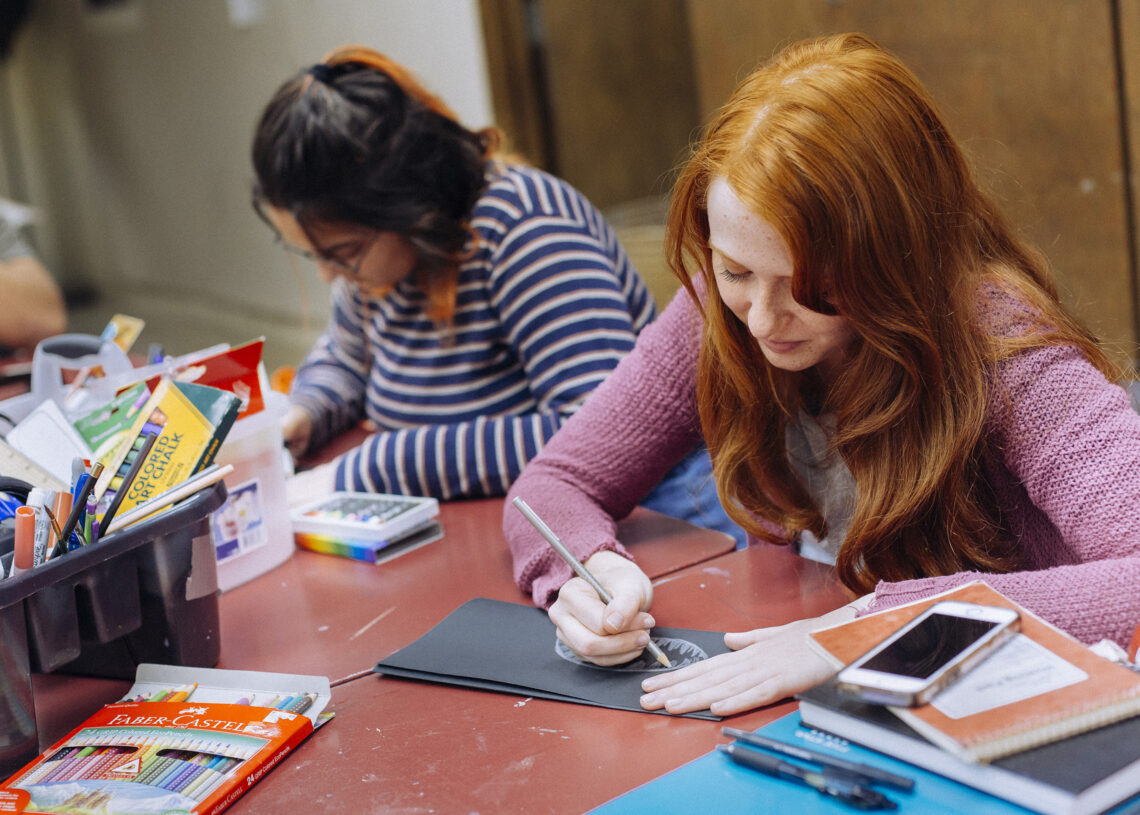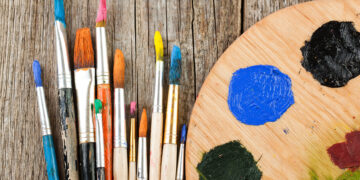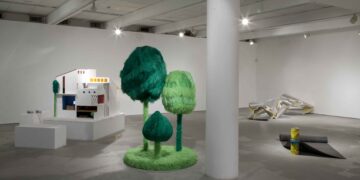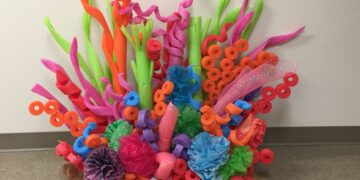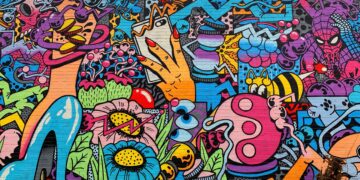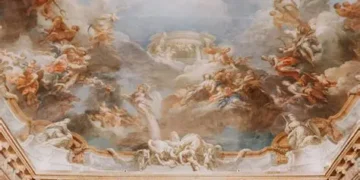Creating Spaces for Creativity: The Art Education Landscape
The integration of arts into education reveals a multifaceted approach. From specialized studios to designated classroom areas, the environments where art thrives are crucial in shaping innovative experiences. This exploration delves into various aspects of arts education, highlighting the roles of educators, curriculum design, and the importance of constructive feedback.
Regional Approaches and Socioeconomic Factors in Arts Education
The emphasis on arts education varies significantly across different regions and school levels. For example, a recent study indicates that schools in the Northeast region are more likely to require at least one standalone art class compared to those in the Western states. This disparity underscores how geographical location can influence the priority given to arts within the curriculum. Elementary schools often place a greater emphasis on art, potentially laying an early foundation for creative expression, which may shift as students progress to higher grades.
Socioeconomic factors also play a crucial role in access to arts education. Schools in areas with higher poverty levels may encounter challenges in providing robust arts programs, leading to disparities in opportunities for students to explore their artistic talents. Interestingly, school size does not always directly correlate with increased access to art classes, suggesting that other factors may be more influential in determining arts availability.
Understanding the nuances within arts education requires considering various data points. A recent study sheds light on the percentage of schools requiring standalone art classes across different demographics:
| School Type / Region / Demographic | % Requiring At Least One Standalone Art Class |
|---|---|
| All U.S. Public Schools (offering arts) | 73% |
| Northeast Region | 82% |
| Western States | 63% |
| Elementary Schools (offering arts) | 79% |
| Middle Schools (offering arts) | 60% |
| Smallest Schools (<300 students) | 68% |
| Largest Schools (>1,000 students) | 68% |
| Schools in Highest Poverty Areas | 70% |
| Schools in Less Poor Areas | 74% |
Data source: National Endowment for the Arts, “Educating Ourselves about Childhood Arts Experiences—and Why They Matter” February 11, 2025
This data highlights the disparities in access to arts education across different regions, school types, and socioeconomic backgrounds. While 73% of all U.S. public schools offering arts require at least one standalone art class, the Northeast region leads with 82%, while the Western states lag behind at 63%. Elementary schools (79%) are more likely to require art classes compared to middle schools (60%). Schools in less poor areas (74%) also have a slightly higher rate compared to those in the highest poverty areas (70%). These statistics underscore the need for targeted interventions to ensure equitable access to arts education for all students.
The Pivotal Role of Educators and Curriculum in Shaping Creative Minds
Art teachers are instrumental in shaping students’ creative development. They not only impart artistic techniques but also foster critical thinking and problem-solving skills, nurturing well-rounded individuals ready to engage with the world. A focus on structured learning is evident, with a significant percentage of districts implementing standards-aligned visual arts curricula. A recent survey indicates that a large majority of districts now require such curricula, demonstrating a dedication to maintaining high-quality, consistent art education across the board.
Innovative Approaches to Art Classes and Drawing Techniques
Exploring innovative art education is vital, especially given the disparities in access. Creative curriculum design can inspire students across diverse school settings, fostering a lifelong appreciation for the arts. The National Center for Education Statistics reveals differences in how public schools require art classes. Nationally, about 73% of public schools require at least one standalone art class. However, this varies regionally, with the Northeast showing a higher rate and Western states a lower one. Elementary schools are more likely to require art classes compared to middle schools, highlighting the need for continuous arts engagement throughout a student’s educational journey. Maintaining consistent access can nurture creativity and skill development.
Schools in high-poverty areas often have lower rates of mandatory arts education compared to wealthier areas. Addressing this inequity is crucial to ensure all students have the opportunity to benefit from arts education. Interestingly, both the smallest and largest schools tend to have lower rates of mandatory art classes, suggesting that school size can impact resource allocation and curriculum priorities.
Stepping beyond simple lines and shapes opens up a world of artistic possibilities. Art education is increasingly focused on advanced drawing techniques as a cornerstone of creative development. This approach moves beyond rote learning, encouraging a deeper understanding of form, perspective, and shading to unlock artistic potential. New educational models emphasize projects that go beyond basic strokes. Activities like drawing within museum contexts or interpreting diverse artists’ works help students develop both technical proficiency and a unique artistic voice. Initiatives are providing educators with the resources needed to integrate advanced drawing exercises into their lessons. The trend is toward immersive and standards-based instruction in art education, encouraging students to communicate ideas visually and develop critical thinking skills through drawing, fostering a well-rounded artistic education.
The Power of Critique: Fostering Growth Through Feedback
Constructive critique plays a crucial role in arts education, fostering creative growth and self-assurance. This approach helps students develop not only their artistic abilities but also vital interpersonal skills. Arts programs that incorporate structured feedback and critique significantly enhance students’ overall development, nurturing both artistic talent and essential social-emotional competencies. Classrooms that openly discuss mistakes and feedback experience higher levels of student engagement and motivation. Creating a safe space for sharing and learning from errors is key to fostering a positive learning environment. Collaborative critique, which prioritizes dialogue over top-down correction, is essential. This method helps students internalize learning and build resilience. Inclusive, dialogue-based feedback practices are vital for nurturing creative potential and encouraging a growth mindset among learners.
Q&A
Question 1: How do socioeconomic factors influence access to art education, based on the provided data?
Answer: The data reveals a correlation between socioeconomic status and access to art education. Schools in higher-poverty areas show a lower percentage (70%) of requiring at least one standalone art class compared to schools in less-poor areas (74%). This highlights the inequitable distribution of art education resources.
Question 2: What is the significance of incorporating structured feedback and critique in art education?
Answer: Structured feedback and critique in art programs enhance student development beyond artistic skill. It cultivates social-emotional competencies like self-management and relationship building, promoting a more well-rounded learning experience and fostering a growth mindset.
Question 3: How does the emphasis on art education vary across different grade levels, according to the provided data?
Answer: Elementary schools show a higher percentage (79%) of requiring at least one standalone art class compared to middle schools (60%). This suggests a potential decrease in emphasis on art education as students progress through their schooling, highlighting the need for consistent arts engagement throughout a student’s educational journey.
